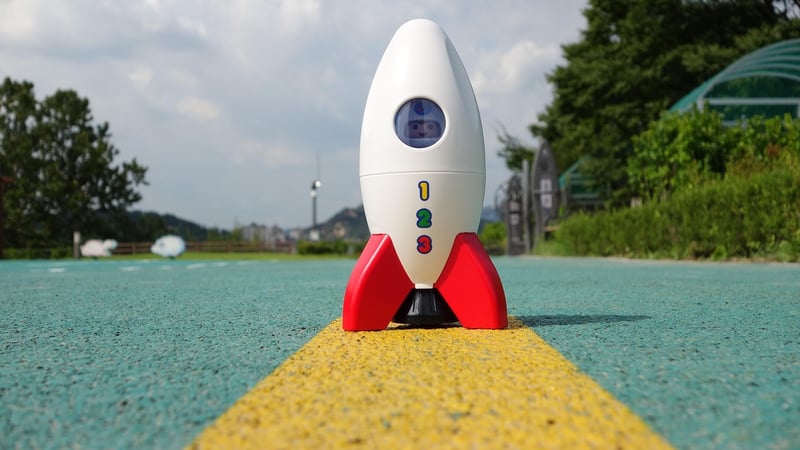3D Printing in Space
The Future of Space Exploration: Advancements in 3D Printing
Space exploration has always been at the forefront of human curiosity, driving us to push the boundaries of what is possible. One of the most exciting developments in recent years has been the integration of 3D printing technology in space missions. This groundbreaking innovation has the potential to revolutionize how we explore and colonize space.
Benefits of 3D Printing in Space
Utilizing 3D printing in space offers numerous advantages:
- Cost-Efficiency: By manufacturing tools, parts, and even entire structures on-demand in space, we can significantly reduce the cost of space missions.
- Sustainability: 3D printing enables the recycling of materials, reducing waste and making space exploration more environmentally friendly.
- Flexibility: Astronauts can adapt and create tools suited to their specific needs in real-time, increasing efficiency and problem-solving capabilities.
- Space Colonization: The ability to 3D print habitats and infrastructure in space is a crucial step towards establishing permanent human settlements beyond Earth.
Current Applications of 3D Printing in Space
Several space agencies and private companies have already begun utilizing 3D printing technology in their missions:
- NASA: NASA has successfully tested 3D-printed rocket engine components, tools, and equipment aboard the International Space Station (ISS).
- SpaceX: SpaceX has incorporated 3D-printed parts in its Falcon 9 rockets, showcasing the reliability and strength of additive manufacturing in space.
- ESA: The European Space Agency (ESA) has experimented with 3D printing regolith (lunar soil) to create building blocks for future lunar habitats.
Challenges and Future Prospects
While 3D printing in space holds immense promise, there are challenges to overcome, such as ensuring the quality and safety of printed materials in the harsh space environment. Researchers are actively working on developing advanced 3D printing techniques and materials tailored for space applications.
Looking ahead, the future of space exploration seems intertwined with the possibilities offered by 3D printing technology. As we continue to innovate and push the boundaries of what is achievable, the dream of humans living and working in space is becoming increasingly tangible.

Image source: Pixabay
